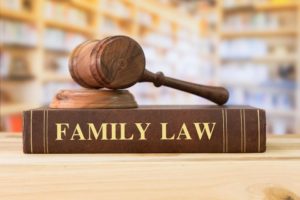The first step in attempting to resolve a dispute that arises during a divorce is to file a motion with the court. A motion is comprised of 2 parts: the first is the Notice of Motion which sets forth the specific requests the litigant is asking the judge to rule on. The second part is the certification which is the client’s statements as to why they are entitled to the relief they are seeking. The other side gets the opportunity file a certification responding to the allegations and putting forth their own arguments. Sometimes the dispute can be resolved based solely on these competing certifications. However, often these certifications can raise additional questions and fail to resolve the underlying questions. In those situations, a plenary hearing is required so that the court can obtain more information.
FAMILY LAW
20-2-1471 Seligman v. Pellen, App. Div. (per curiam) (19 pp.) In this postjudgment matrimonial dispute, defendant-father and plaintiff-mother each appeal certain decisions rendered by the Family Part concerning child support, emancipation and counsel fees. The appellate panel remands this matter for a plenary hearing concerning the issue of emancipation of the parties’ older son and also for a re-examination of child support and counsel fees. In addition, regardless of how that emancipation issue is resolved after the plenary hearing, there are aspects of the child-support calculus that warrant closer examination. It is unclear whether the amount plaintiff receives through what is substantially guidelines-based child support is still appropriate, in light of the father’s sixfold spike in income and the children’s right to share appropriately in the benefits of such enhanced family resources.

